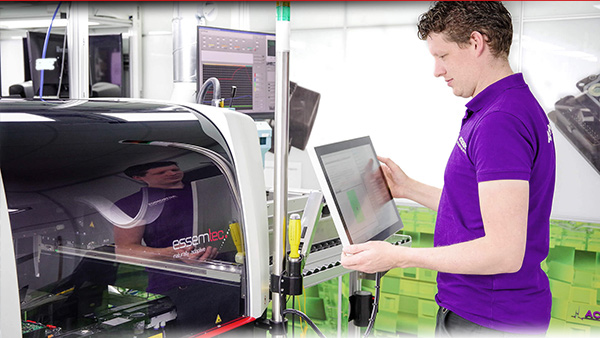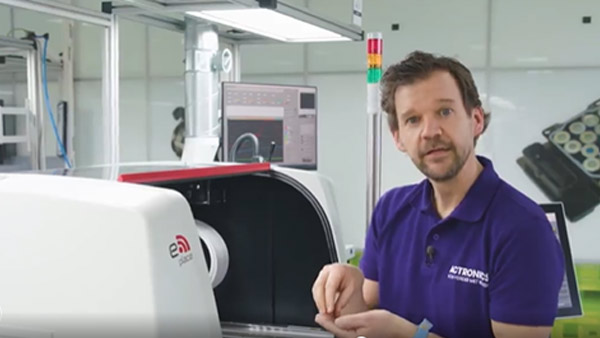
Recent months have shown global trade sensitivity to unforeseen supply chain risks. Whether it's the Corona pandemic or the Suez blockade, certain chances are difficult to predict in the purchasing process and can have serious consequences. Massive logistical restrictions on global trade initially led to a collapse in international trade in early 2020 - followed by a strong recovery in the second half of the year. As a result of the restrictions, many empty containers were stranded in ports where they were not needed.
This fact created a container bottleneck, which, combined with the congestion of port terminals, led to a noticeable increase in delivery costs. However, this container shortage and the considerable supply bottlenecks, for example, in electronic chips, affect the surprisingly rapid recovery of the global economy. Demand for consumer electronics products surged, and manufacturers shifted production capacity accordingly to produce more goods. The unexpected boom in the automotive sector then caused massive supply bottlenecks for silicon chips, and the increasing electrification of vehicles further exacerbated these bottlenecks. This component shortage impacts all of us and especially companies that have to produce electronic boards. Companies do not have other choices to buy whatever components in the market from whatever sources, reliable or not. Finding components and store them in an usual high level of inventory becomes vital for electronic board producers.
As in all crises, crooks then usually try their luck most successfully. So, it was only a matter of time before the market was flooded with semiconductors that may well be visually flawless but are counterfeits, which can pose very high-security risks.
Many large producers buy these needed parts licensed or in the independent market. Whether they are independent or licensed, when supplies are urgent because otherwise, the machines come to a shutdown, the purchasing and goods inspection processes can usually no longer be maintained. This gap is precisely why the suppliers of these fake components exploit and deliver defective products in large quantities. The parts meet the minimum quality standards, but the more extensive criteria, which cost the original manufacturers a lot of time and money, have been disregarded.
As a matter of a facts, several customers of Essemtec reported these issues with complete boards not running correctly because of fake components or bad labelled components.
But we would not be Essemtec if we could not help in such difficult times!
The real problems with counterfeit components arise once they have been processed onto a board. When the faulty parts must be replaced after final testing, it is almost impossible to replace the chips and BGAs without hurting the fundamental components.
To resolve this pain point of fake components to be replaced in a fully populated board, Essemtec developed a specific application where it is now possible to dispense solder paste and place the good component in a “repair application” mode: With our needle top for the solder paste jet valve, you are fortunate to be able to dispense even small cavities excellently and place the component right after. With these unique All-in-One solutions, you can be sure to succeed in minimizing the damage caused by fake components or obsolete components , and you do not have to throw away the whole board, leading to save yield and improve your customer satisfaction by delivering good products.
An excellent example is from ACtronics company in Nederthands, where they use a FOX All in One to dispense solder paste and place a new microprocessor into a populated board.
See link to read the full story: https://www.actronics.nl/nieuws/primeur-actronics-neemt-high-tech-revisielijnen-in-gebruik

Source: Linked Post from ACtronics
Below some pictures show some details of the repair application:

Picture: photo showing 0.4mm pitch with solder paste jet printing, Courtesy of ACtronics

Picture : solder paste jet printing done with fine pitch
Essemtec worked also recently on another application where the need to replace an obsolete component, microprocessor, onto a complete populated board.
With a clear understanding of the customer requirements, a specific process has been developed and a complete solution with a PUMA All-in-One has been offered successfully to the customer.

Picture: solder paste jet printing on a populated board
We would be happy to support you with such challenges! Contact us today - we look forward to hearing from you!



![[Translate to Englisch:] ACtronics employee on Fox Pick and Place](/fileadmin/_processed_/a/8/csm_Essemtec-Header-ACtronics_3947786be6.jpg)
